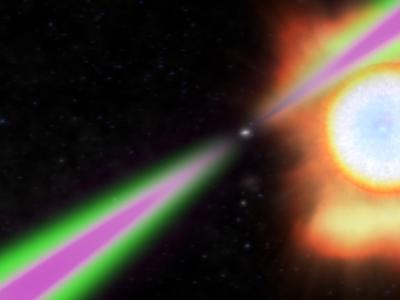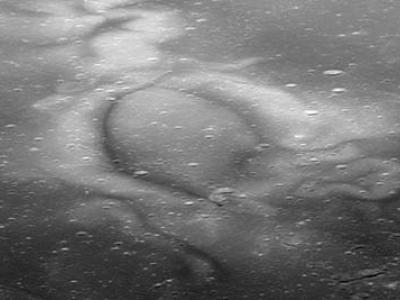Miller Institute for Basic Research in Science
The Miller Institute is "dedicated to the encouragement of creative thought and the conduct of research and investigation in the field of pure science . . . and investigation in the field of applied science in so far as such research and investigation are deemed by the Advisory Board to offer a promising approach to fundamental problems."
In the mid-1950s, a donation made by Adolph C. Miller and his wife, Mary Sprague Miller, was made public in the establishment of the Miller Institute for Basic Research in Science. Following the Millers' wish to establish an institute to support basic science research, the Institute has established three programs - Miller Research Professorships, Visiting Miller Professorships, and Miller Research Fellowships.
The donor's primary purpose in endowing the Miller Institute was to discover scientists of great talent or promise. Therefore, the Executive Committee of the Institute offers fellowships to brilliant young men and women who have recently taken the doctoral degree. Miller Research Fellowships are highly competitive three-year awards that are open to both US citizens and non-US citizens who are eligible for J1 visa status.
Miller Research Professors are selected through an annual competition for terms ranging from one academic semester to a full academic year. While holding a Miller Professorship, appointees give up regular teaching duties, most travel, and most University and public service obligations, although they do continue to work with graduate students. The gift of time granted by the Institute allows Miller Professors to dedicate full-time effort to basic research in science, in fields ranging from physical and biological sciences to mathematics.
The Visiting Miller Professorship program brings to the Institute faculty from outside of the Berkeley campus. This includes faculty from other UC campuses as well as from institutions across the United States and from abroad. The intent of this program is to bring distinguished scientists to Berkeley on a short-term basis for collaborative research interactions. In 2011, funded by a gift from Gabor A. and Judith K. Somorjai, the Visiting Miller Professor Somojai Award was established to support the collaborative research of an early-career visiting scientist within the broad field of chemical sciences.
In 2008 the Institute expanded its mission by introducing the Miller Senior Fellow program. Its purpose is to support excellence in basic science at UC Berkeley by providing distinguished faculty on campus, over a five-year term, with significant discretionary research funds and by involving them in the activities and intellectual fellowship of the Miller Institute. The Miller Senior Fellow Program enhances the Institute's mission by fostering interactions between distinguished senior scientists in different disciplines and our postdoctoral Fellows.
In 1997, the Miller Institute broadened its charge with the addition of an Interdisciplinary Symposium. The intention was to promote discussion of cutting-edge science among leading researchers through a weekend of scientific interaction and discussion. The Research Fellows were the catalyst behind this program and they helped to design it as a freewheeling discussion across all the sciences, including astronomy, biology, chemistry, geology, mathematics and physics.
Competition deadlines for the Miller Institute programs generally fall in late September or October annually. More information can be found at: http://miller.berkeley.edu.


